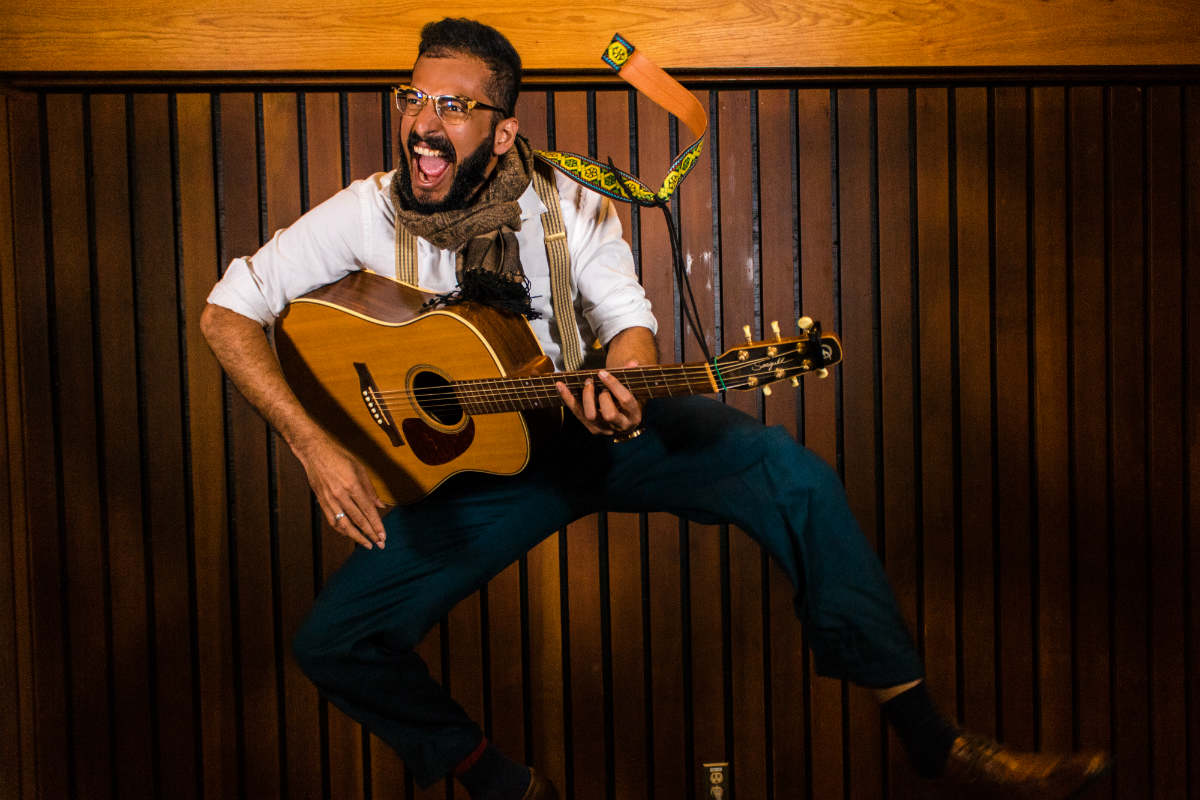From unsociable loners to joyful, active pairs: it's not just the plot to a good musical; it's also the science behind electron behaviour in superconductivity, the subject of PhD student Pramodh Senarath Yapa's winning entry in Dance Your PhD 2018, an international competition sponsored by Science Magazine.
"I genuinely didn't expect to win, and I had a ridiculous grin on my face the entire day," said Senarath Yapa. "Putting together an entry for Dance Your PhD had been a dream of mine for a long time, and my brain couldn't fully process the fact that I had won."
Senarath Yapa, a PhD student in the Department of Physics working under the supervision of assistant professor Joseph Maciejko and professor and interim dean Frank Marsiglio, is studying quantum phases of matter-what happens when you cool collections of particles down to near absolute zero. He based his winning entry "Superconductivity: The Musical!" on how electrons behave at these temperatures, helping convey a complicated topic in a fun, visual way.
Electrons light on their (cold) feet
At extremely cold temperatures, Senarath Yapa explained, materials stop behaving in the classical manner we see in our day-to-day lives and show surprising properties like superconductivity, where electrons pair up and the electrical resistance of a material drops to zero.
The science has applications for quantum computing, bio-sensors, and clean-energy technology, but it also makes for a good dance number.
"When I made the connection that superconductivity relies on lone electrons pairing up when cooled, I realized that I could represent that as electrons being unsociable people who suddenly become joyful once paired up," said Senarath Yapa.
Senarath Yapa's entry took first place among 50 submissions, the result of six weeks intense preparation and one extremely long day of recording.
"My favourite moment of production was actually captured on video," laughed Senarath Yapa. "It's right at the end, when everyone breaks out into dance and celebrates-it was absolutely a genuine reaction, and we had a great big group hug right after the camera turned off."
Senarath Yapa's research is an example of how scientists at the University of Alberta are pushing our knowledge of physics forward. Check out more stories in quantum research in the Faculty of Science.
